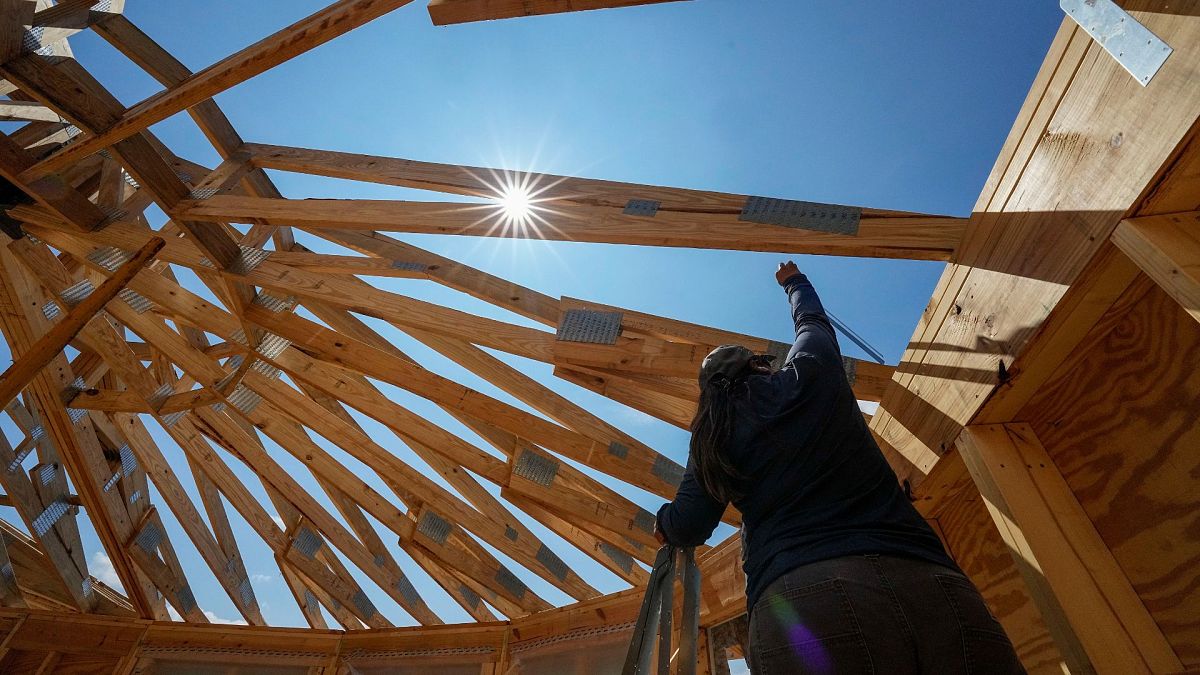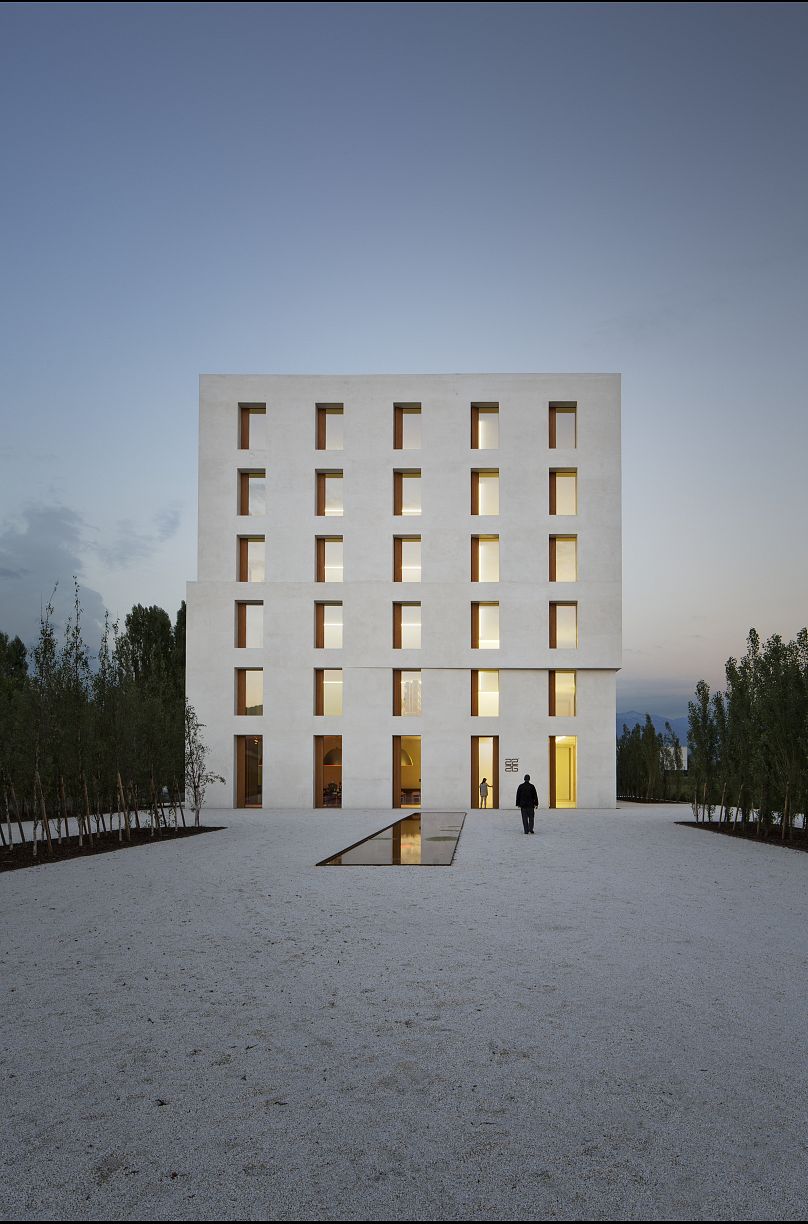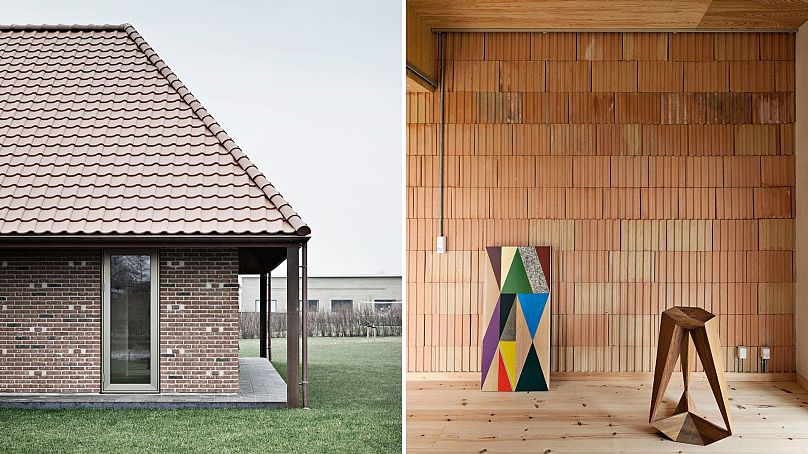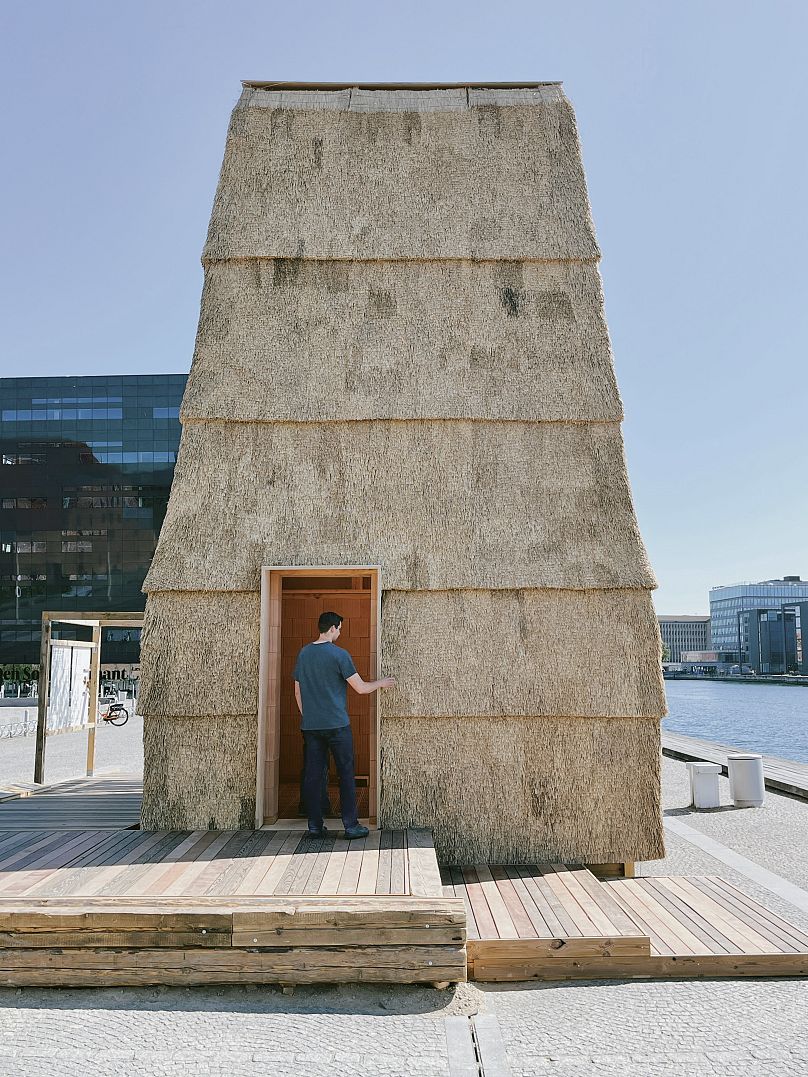From energy efficiency and Passivhaus to retrofits and carbon handprints, here are some sustainable design basics.
In Danish, the word for insulate - ‘isolere’ - is also the word for isolate. They’re close together in English too: the Latin etymology of insulate means ‘to make into an island’.
Words are porous, and in the current context of climate breakdown, isolate and insulate are uneasy companions. Though insulation is a key tool to reduce energy use - shielding people from extreme temperatures and volatile energy bills - the idea of the home as the owner’s castle doesn’t hold up anymore.
The built environment is responsible for 39 per cent of annual carbon emissions worldwide, and most of the energy used in a completed house or office is for temperature regulation. Blasting the heating or air conditioning might provide some short-term relief, but we can’t separate it from the wider crisis that these devices are, in their own small ways, contributing to.
Climate-resilient architecture also risks being counterproductive where it fortifies against our heating world in a careless way. “It is important to ensure that the focus on resilience does not lead to the over-engineering of buildings, resulting in higher carbon emissions and costs,” says Brigitte Clements, chair of Architects Climate Action Network (ACAN) in the UK.
Here we look at some buildings using less energy, and making the most of sustainable methods and materials.
2226: The Austrian building with no need for heating or cooling
This disarmingly simple looking office block in Lustenau, Austria makes use of some age-old techniques. It’s white, to reflect heat, with deep-set windows to help keep people cool.
But there’s something more surprising going on inside: the building is kept between 22 and 26 degrees C without any artificial heating or cooling systems. Baumschlager Eberle Architekten, the architects behind it, have created the principle 2226 designs which use software to control the window vents.
The concept harnesses the thermal mass of the building, director Daniel Pöhner explains. It senses CO2, temperature and humidity levels, and opens and closes the windows accordingly.
“In Europe you can use the temperature differences between night and day - that’s the basic trick of it,” he says. During hot summers, the vents open at night for a cooling draught; while the waste heat from people and computers is retained during winter.
There has been increasing interest in the 2226 method, particularly in the UK where the firm is now studying for its first retrofit.
“It is not a solution that works as a pure 2226 building in any region of the world,” Pöhner acknowledges. “Where humidity is very high the whole year, and where the heat is over on average 25C over the whole year, you have problems. But throughout Europe, apart from maybe southern Spain, there is absolutely no problem with this.”
Lustenau is already experiencing more extreme temperature swings, he says, from -16C in winter to +30C in summer, and the system still works well.
"You have to make adaptations, keep in mind that the principle 2226 is an open system, that is a system that can be customised very flexibly to climatic conditions," he adds. "We are currently working on solutions for the Middle East."
Brick House: The Danish building with minimal insulation
This brick house in Denmark takes a distinctive approach to insulation, by using very little of it at all. Architects Leth and Gori were inspired by traditional Danish homes to create a long-lasting build with ‘breathable’ walls.
Only clay blocks and bricks are used to piece it together, with gaps allowing air to flow through. Poroton bricks are a good temperature regulator due to their thermal mass - providing warmth during winter, and cooling and absorbing some humidity from the house over summer.
“We don’t need to reinvent the wheel to solve the current climate crisis,” partner Uffe Leth tells Euronews Green. “Many of the good materials and solutions exist in our historic buildings and the key is to use these buildings and materials as much as possible and only build new when we really have to.”
A decade since Brick House was first designed as part of a ‘mini CO2 houses’ initiative in Nyborg, are there things they would do differently?
“Today we would probably be even more careful in considering the carbon footprint of each individual material. Especially the facade bricks and roof tiles are carbon heavy and would benefit from not being new but recycled or another material entirely,” says Leth.
A recent project uses poroton bricks and a thatched roof; this Thatched Brick pavilion shows that traditional building materials can be combined with biogenic materials, with technically and aesthetically pleasing results.
What is Passivhaus and how big a solution is it?
When it comes to building energy-efficient, sustainable buildings, one concept has taken over in recent years: Passivhaus.
This ultra-low energy standard creates a “super, air-tight envelope” says Mike Eliason, a US based architect and researcher who trained in Germany during the rise of Passivhaus. Certified buildings use little energy for heating and cooling, and have a heat recovery ventilation system.
There are different ways to build a Passive House, and Eliason, the founder of ‘think and do tank’ Larch Lab, is a big advocate of mass timber. “It’s like two great flavours; they go great together,” he explains. “The performance becomes better with both of them, in terms of embodied carbon and energy performance.”
Embodied carbon refers to the greenhouse gas emissions caused by the construction of new buildings and infrastructure - as opposed to operational energy use. The compressed layers of timber offer a strong alternative to concrete and steel; it has good thermal properties, and is fire resistant.
“I am a little bit leery about the carbon sequestration of mass timber,” he adds. “That's really driven a lot by sourcing where the wood is coming from, and end of life treatment of the elements. But I do think it's a phenomenal building product and it really pairs well with a lot of other natural building materials: clay, straw, wool, hemp…”
The list of bio-based possibilities goes on, and Eliason emphasises the importance of being fabric and future focused.
“At Larch Lab, we’re thinking how the places we’re building now could be and should be resilient to a climate that doesn't exist yet,” he says. “So in 40, 50 years, things are going to be a lot hotter, a lot drier. Are we planning our buildings and our neighbourhoods to really take that into account?”
Baugruppen: Why communal building is one answer to climate change
In 2021, a heat dome that formed over the Pacific Northwest contributed to hundreds of deaths. Eliason recalls that many of the casualties were elderly residents living in homes without air conditioning or cooling, with no ability to cross ventilate, and no community to check on them.
It underscored the need for community-oriented housing as a response to climate change, a point that IPCC report authors have made too. Baugruppen (literally ‘group build’ in German) best articulates that vision for Eliason - a form of urban, multi-generational co-housing.
In the UK, an award-winning project on Goldsmith Street, Norwich shows that Passivhaus standards can also be met on a dense social housing development.
The 100 homes designed by architects Mikhail Riches and Cathy Hawley for Norwich City Council in 2019 were heralded as some of the most energy efficient housing ever built in Britain, with a passive solar design helping residents to save money.
Embodied carbon: From footprints to handprints
“Architects have a huge responsibility when it comes to finding solutions to more climate-friendly buildings and buildings that are resilient,” says Leth, but a lot of the answers lie in existing works. “We cannot build our way out of the climate crisis, but we can get quite far if we stop building and start reusing.”
The remaining carbon budget for buildings under a 1.5C pathway is very small indeed. According to the Science Based Targets initiative (SBTi), embodied carbon emissions of new buildings need to be cut by about 99 per cent from what is common practice today by 2050.
As Architects Climate Action Network (ACAN) co-founder Joe Giddings writes for the Architectural Review, that’s around 10kg of carbon dioxide per square metre of floor area, equivalent to 20 litres of concrete or half a pint of aluminium.
Working with what we’ve got is therefore the only rational way forward. “The obvious priority is to celebrate the existing building stock we have and to ensure that they are upgraded with whole life carbon in mind,” says ACAN chair Brigitte Clements.
The group has been petitioning the UK government to regulate embodied carbon, which it says amounts to just under 50 million tonnes of CO2 equivalent per year - a figure greater than the entire national carbon footprint of 149 countries. Britain is “lagging” behind European neighbours like Sweden, Denmark, France, Finland and the Netherlands in this regard, says Clements.
Climate-aware architects are also looking at how buildings can have a net positive effect. A new study looks at the ‘carbon handprint’ of buildings - where they capture and store carbon - and how the concept can be tightened up to avoid greenwash.
“We have a great responsibility now,” says Clements. “This is also one of the most exciting times in the history of our discipline. It is a time of innovation, collaboration, and the exploration of new materials and this is something to be excited about. It’s a new dawn.”






